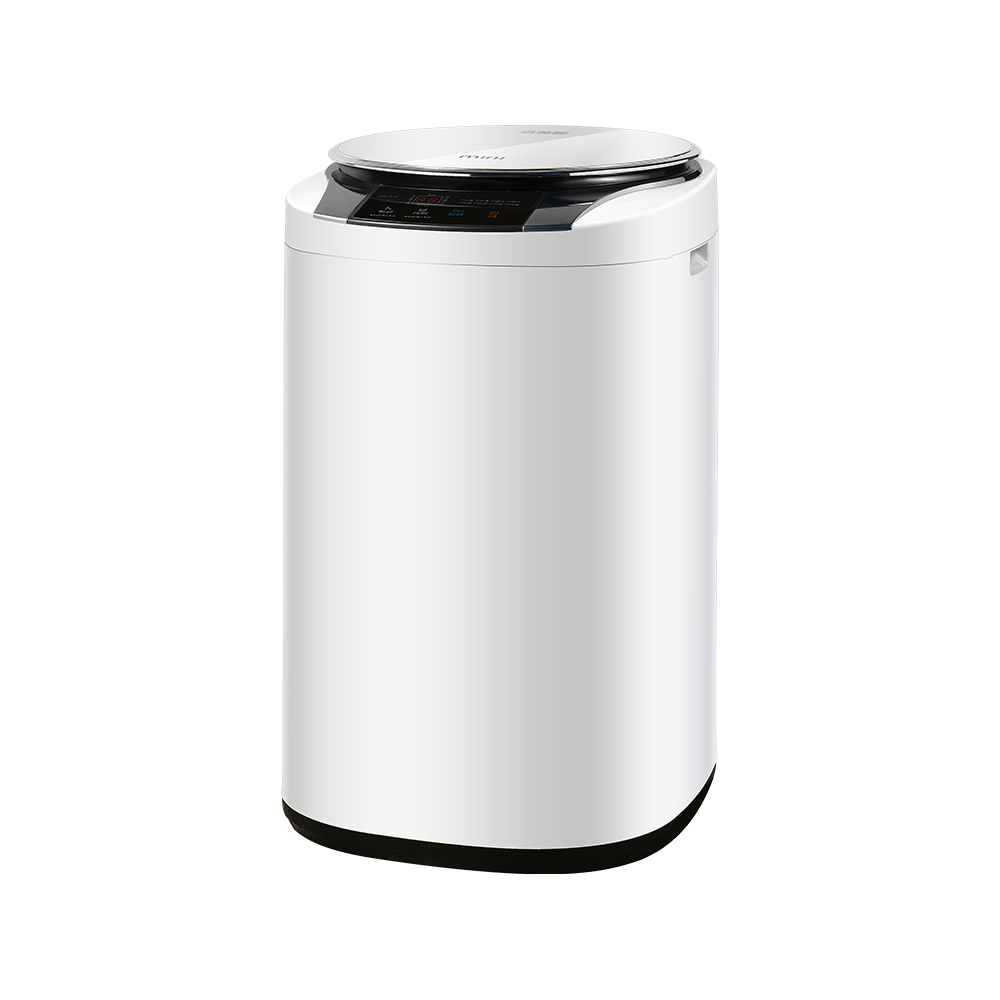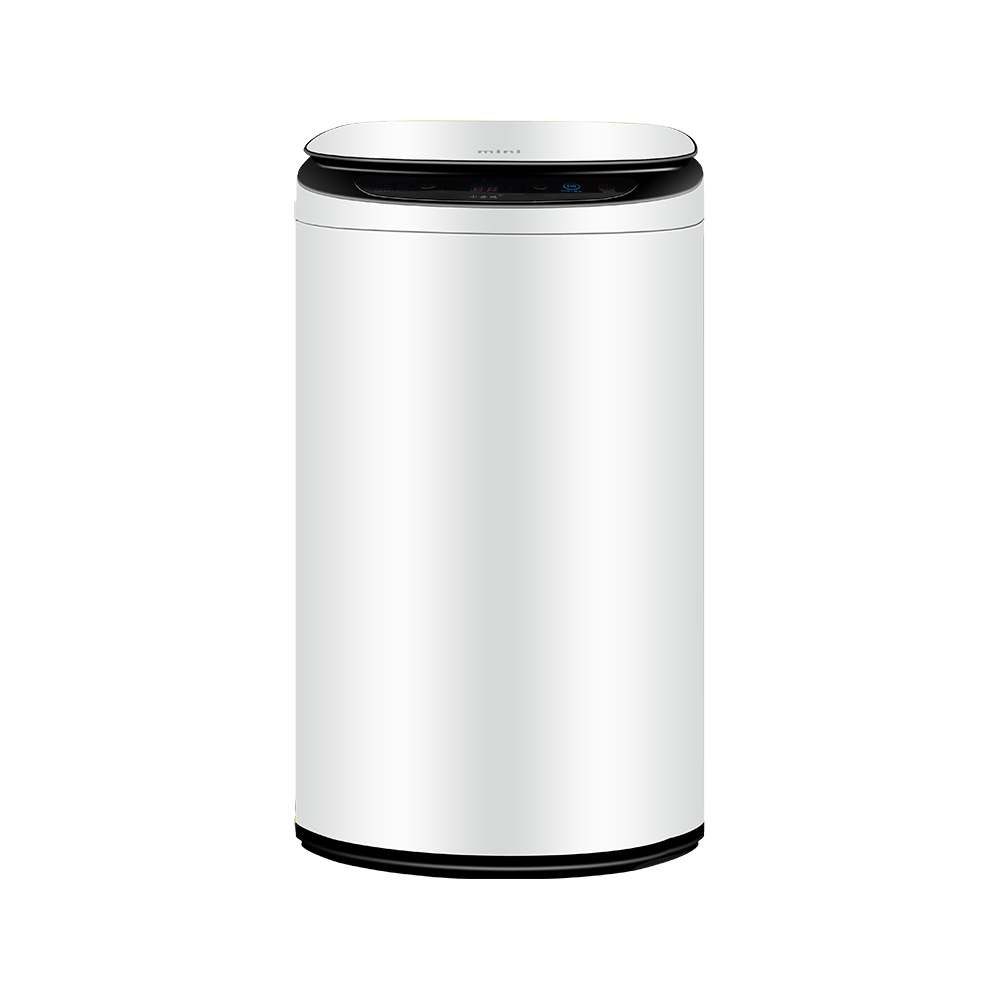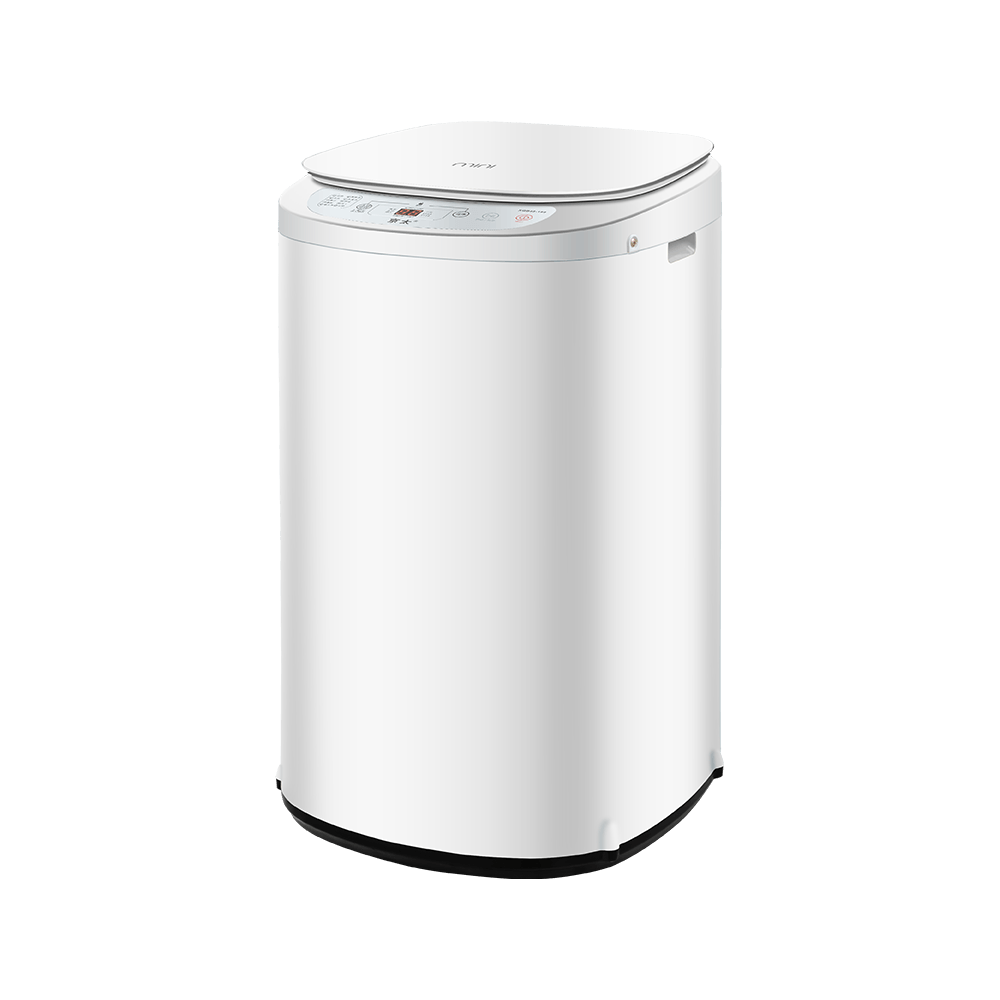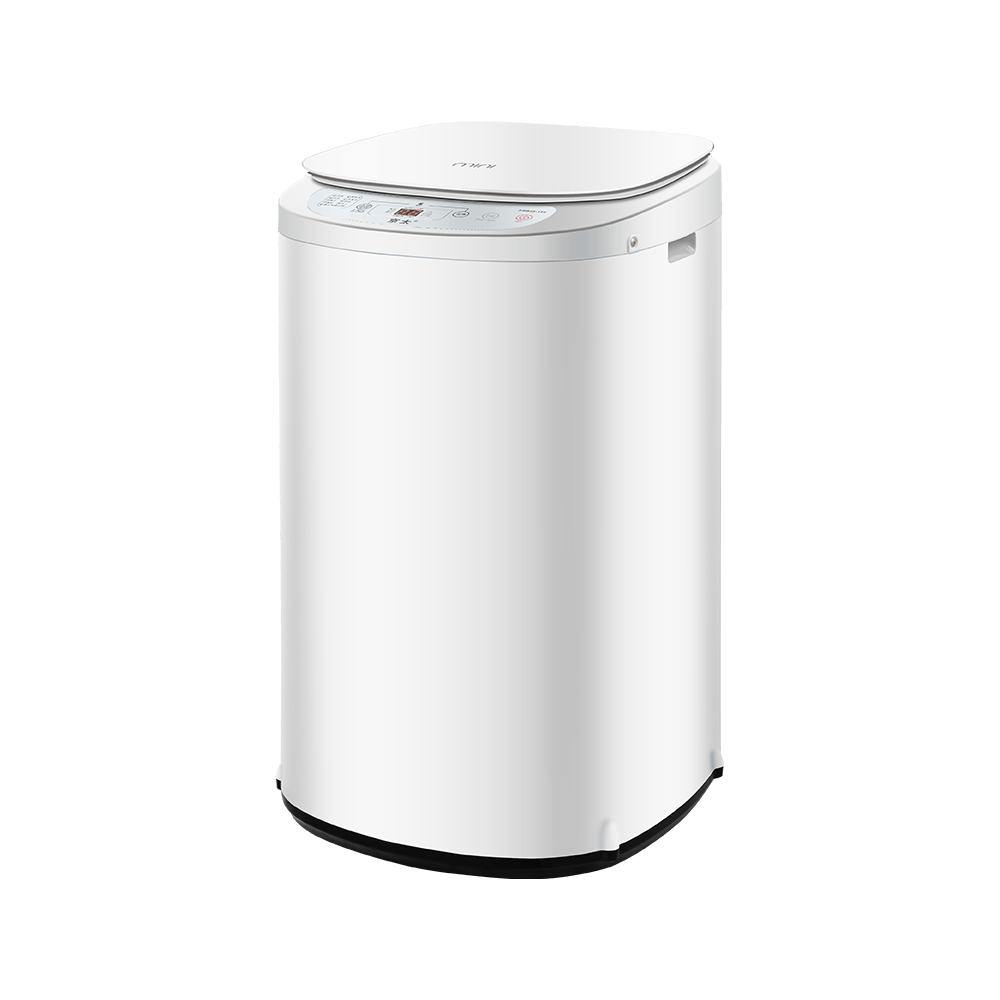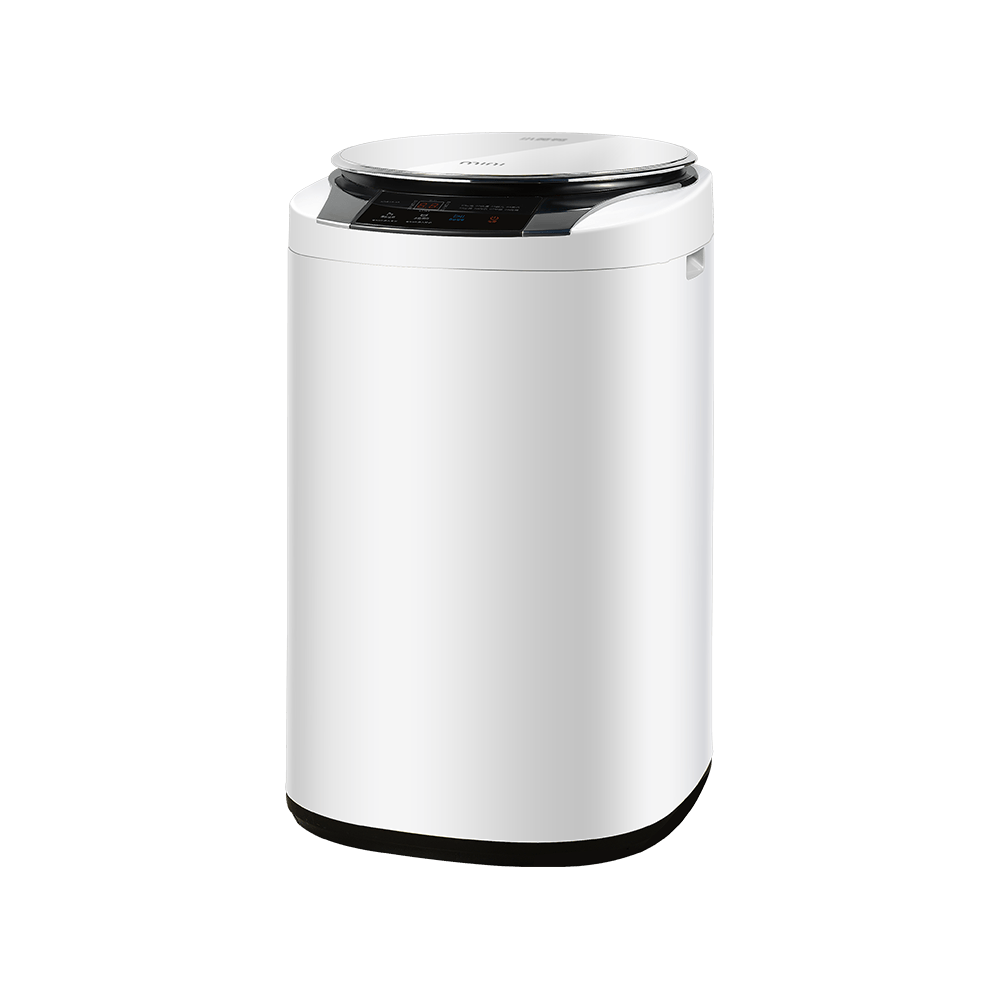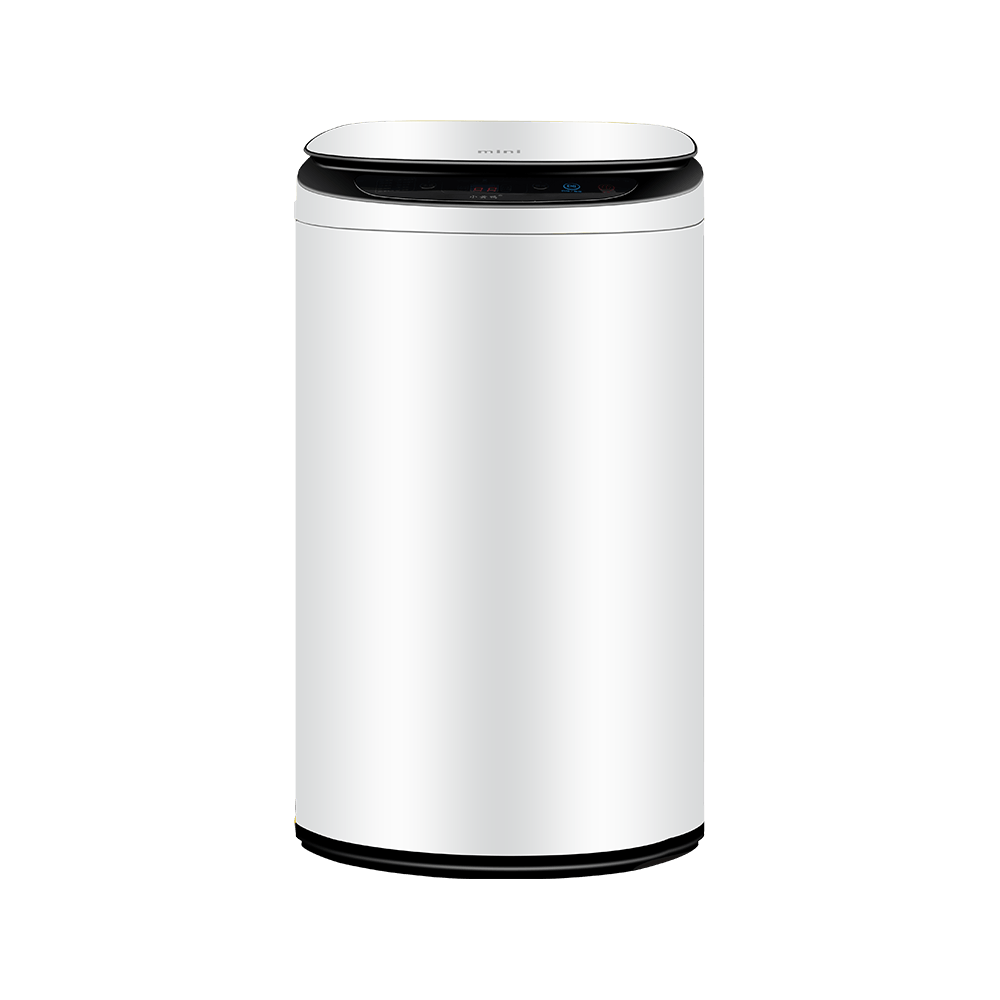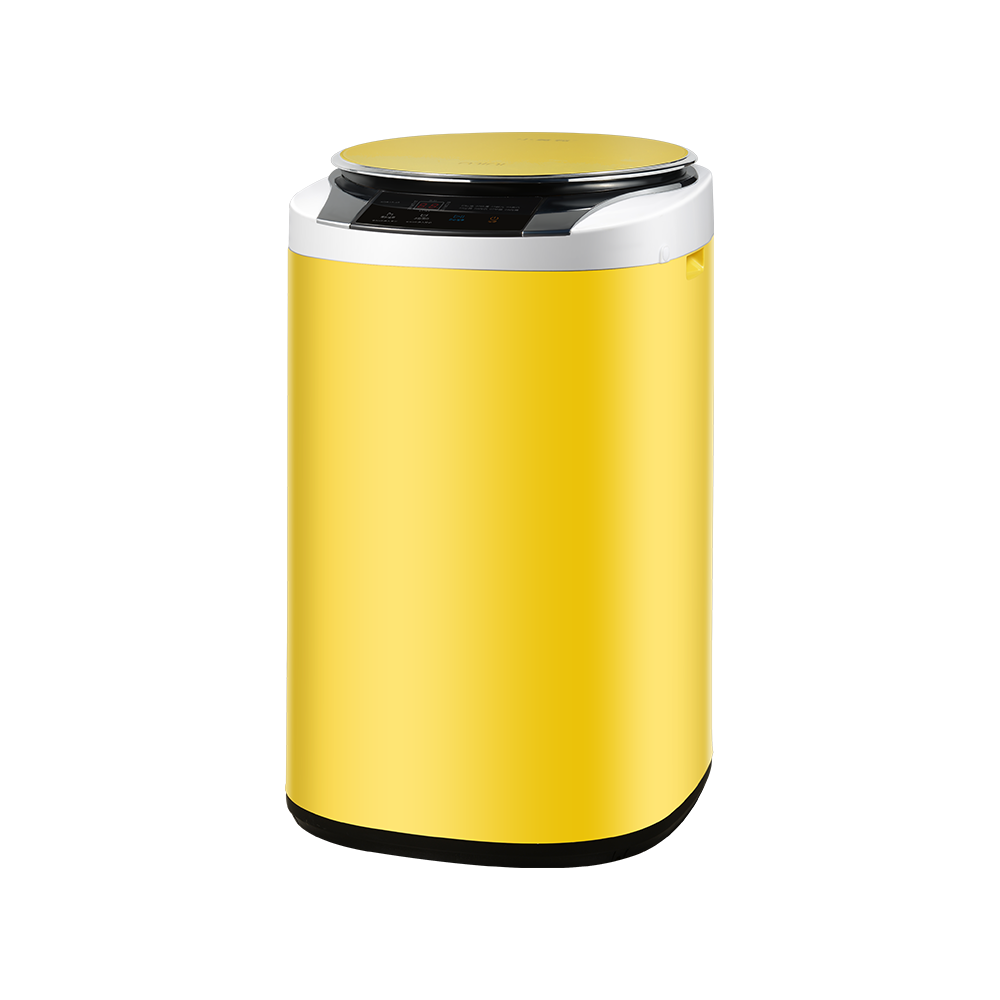Introduction to Common Issues in Fully Automatic Washing Machines
Fully automatic washing machines are widely used in households due to their convenience, water and energy efficiency, and programmable wash cycles. However, like all appliances, they can experience issues or malfunctions over time. Understanding these common problems and how to address them is crucial for maintaining optimal performance, extending the machine’s lifespan, and ensuring effective cleaning of laundry. This article explores common faults associated with fully automatic washing machines and provides practical solutions, considering aspects such as water supply, electrical components, mechanical parts, and user handling.
Water Supply and Drainage Problems
One of the most frequent issues with fully automatic washing machines relates to water supply and drainage. Problems can include no water entering the drum, slow water fill, or water not draining properly. Causes often involve clogged inlet filters, kinked hoses, or faulty water valves. Similarly, blocked or twisted drainage pipes and pump malfunctions can prevent proper water removal. To address these issues, users should regularly inspect hoses, clean inlet filters, ensure pipes are free of obstructions, and occasionally test the drain pump. Proper installation and routine checks reduce the likelihood of these malfunctions.
Unbalanced Load and Drum Vibration
Excessive vibration or noise during the spin cycle is another common problem. This usually occurs when laundry is unevenly distributed inside the drum or when the washing machine is installed on an uneven surface. Fully automatic washing machines are equipped with sensors that detect unbalanced loads, and the machine may attempt multiple redistribution cycles before spinning. Users can prevent this by loading clothes evenly, avoiding overloading, and placing the washing machine on a level surface. Anti-vibration pads can also help reduce movement and noise during operation.
Electrical and Control Malfunctions
Electrical issues in fully automatic washing machines can range from power failures to faulty control boards and sensors. A malfunctioning control board may prevent the machine from starting or cause programs to stop mid-cycle. Similarly, defective sensors for water level, temperature, or door lock mechanisms can trigger error codes or interrupt operation. Addressing these problems requires proper diagnostics, often involving checking wiring connections, replacing fuses, or resetting the control system. Professional service may be necessary for electronic component replacement or advanced troubleshooting.
Detergent and Foam Issues
Incorrect use of detergent or excessive foam generation can impact washing performance. Overuse of detergent, especially non-HE (high-efficiency) formulas, can cause soap buildup, poor rinsing, or foam overflow. Fully automatic washing machines are designed to work with specific detergent types and quantities, and using the wrong product may trigger safety sensors. To mitigate these issues, users should follow manufacturer guidelines for detergent type and amount, clean the detergent drawer regularly, and perform periodic maintenance cycles to remove residue buildup.
Door Lock and Latch Problems
Door lock failures or latch malfunctions are common issues, particularly in front-loading fully automatic washing machines. If the door does not lock properly, the machine will not start for safety reasons. These malfunctions can result from mechanical wear, debris in the latch, or issues with the door lock sensor. Cleaning the latch area, inspecting for broken parts, and replacing faulty door lock components are effective methods to restore proper operation. Regular inspection of the door mechanism can prevent sudden operational interruptions.
Drum and Bearing Wear
Over time, repeated use of fully automatic washing machines can cause drum and bearing wear. Symptoms include unusual noises during spinning, reduced drum rotation efficiency, and potential water leakage. Bearings are critical for smooth drum operation, and worn bearings may require replacement by a qualified technician. Preventive measures include avoiding overloading the drum, ensuring balanced loads, and periodically checking for early signs of wear. Proper maintenance extends the service life of mechanical components in the washing machine.
Heating Element and Water Temperature Issues
Problems with heating elements can affect wash performance, particularly when hot water cycles are required. A faulty heating element may result in water not reaching the set temperature, leading to ineffective cleaning or incomplete detergent dissolution. Users may notice error codes, unusual odors, or visible rust on the heating element. Addressing these issues involves testing the heating element with a multimeter, replacing damaged components, and performing periodic descaling if hard water is present. Maintaining appropriate water temperatures ensures optimal washing performance and reduces energy consumption.
Error Codes and Diagnostic Features
Modern fully automatic washing machines often include diagnostic systems that display error codes for common malfunctions, such as water supply problems, unbalanced loads, or sensor failures. Understanding these codes and following the manufacturer’s troubleshooting guide allows users to address issues without professional intervention in many cases. Creating a reference table of common error codes, their meanings, and corresponding solutions can be particularly helpful for households using high-quality fully automatic washing machines with advanced features.
Comparison Table of Common Issues and Solutions
The table below summarizes frequent problems with fully automatic washing machines and suggested solutions:
| Issue |
Possible Cause |
Suggested Solution |
| No water supply |
Clogged inlet filter, closed valve, kinked hose |
Clean filters, open valves, straighten hoses |
| Excessive vibration |
Unbalanced load, uneven floor |
Redistribute laundry, level the machine, use anti-vibration pads |
| Control board malfunction |
Power surge, faulty wiring |
Check connections, reset machine, replace components if needed |
| Soap overflow |
Excessive detergent, wrong detergent type |
Use HE detergent, follow dosage instructions, clean detergent drawer |
| Door lock failure |
Worn latch, sensor issue |
Clean latch, replace faulty lock, inspect sensor |
| Unheated water |
Faulty heating element |
Test element, descale if necessary, replace if damaged |
Preventive Maintenance Tips
Regular preventive maintenance reduces the likelihood of malfunctions in fully automatic washing machines. Key practices include cleaning the drum and detergent drawer, checking hoses and filters, avoiding overloading, running empty hot water cycles periodically to remove residues, and inspecting the door and control panel. Following the manufacturer’s guidelines for detergent use, water temperature, and load limits ensures reliable operation. Preventive care not only improves cleaning performance but also extends the service life of critical components.


 English
English عربى
عربى